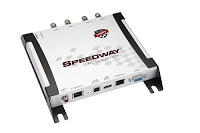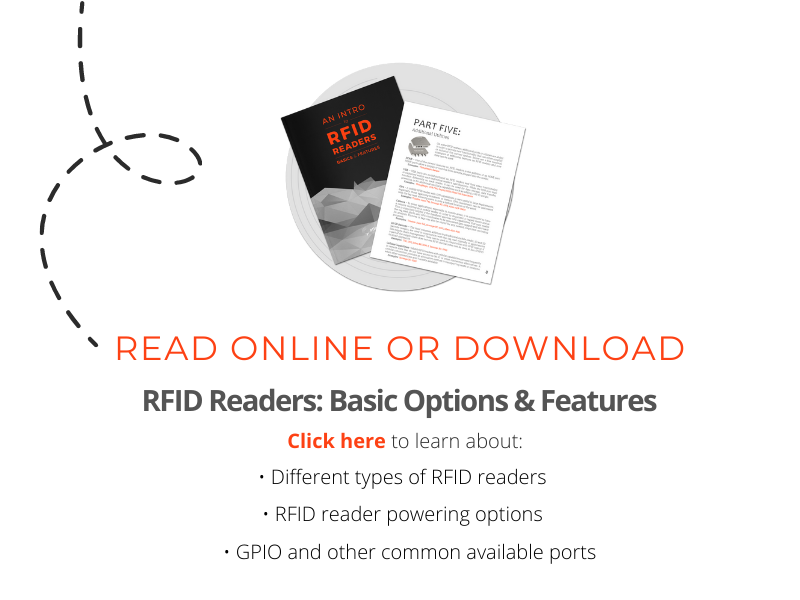Integrated RFID Readers vs. Non-Integrated RFID Readers
What is the difference between Integrated and Non-Integrated RFID Readers?
Integrated Readers
An integrated RFID reader combines a typical fixed RFID reader and an RFID antenna into a single device so that an external antenna is not required. If extra antennas are needed, some integrated readers have one additional antenna port allowing users to connect to one additional antenna.
Integrated RFID readers are great for a low-cost solution and ease of implementation. They do not require an RFID antenna cable so power loss is almost none between the reader and RFID antenna. There are two main drawbacks to using an integrated RFID reader vs. a non-integrated reader:
- The reader can only use the internal antenna(s) (and possibly one external antenna). This reduces the number of read zones that the RFID system can cover.
- The user cannot pick and choose which RFID antennas to use in the system. This can be limiting if the application would be more successful with certain antenna specifications like circular polarization, a high gain, or a specific beamwidth.
Over the years, traditional integrated fixed readers have been phased out of many popular brands and are no longer available; however, a few categories of integrated readers are still popular. The most popular integrated readers include mobile/handheld RFID readers, USB readers, and gateway RFID readers like Impinj's XArray and XSpan.
Non-Integrated RFID Readers
A non-integrated reader does not have an RFID antenna built in. Rather, it supports multiple external antennas (from 2 to 32) depending on the reader model and detection field required.

A solution requiring the use of a more traditional, non-integrated fixed RFID reader will be relatively more expensive than one using an integrated reader. However, the capability of having multiple antennas greatly increases the amount of area it can cover. Additionally, because there is no antenna built-in, fixed RFID readers give the user the flexibility to choose which antenna combinations will work best -- from low gain proximity antennas to high gain far-field antennas.
If a fixed reader is used with an antenna hub, or multiplexer, up to 32 RFID antennas can be used with a single RFID reader. The ability to expand the number of read zones to this level gives a traditional fixed reader a leg up on a typical integrated RFID reader in terms of coverage.
The Impinj Speedway R420, Impinj R700, ThingMagic Izar, and Alien F800 are the most popular examples of 4-port RFID fixed readers available. RFID Fixed readers are also available in 2-port and sometimes even 1-port versions and are typically used for applications with smaller read zones, initial testing, or for expanding an existing RFID system.
Conclusion
If you have any questions or comments about integrated or fixed RFID readers, please post them below.
If you would like to learn more about all things RFID, check out our website, our YouTube channel, comment below, or contact us.
To read more about RFID Readers, check out the link below!

